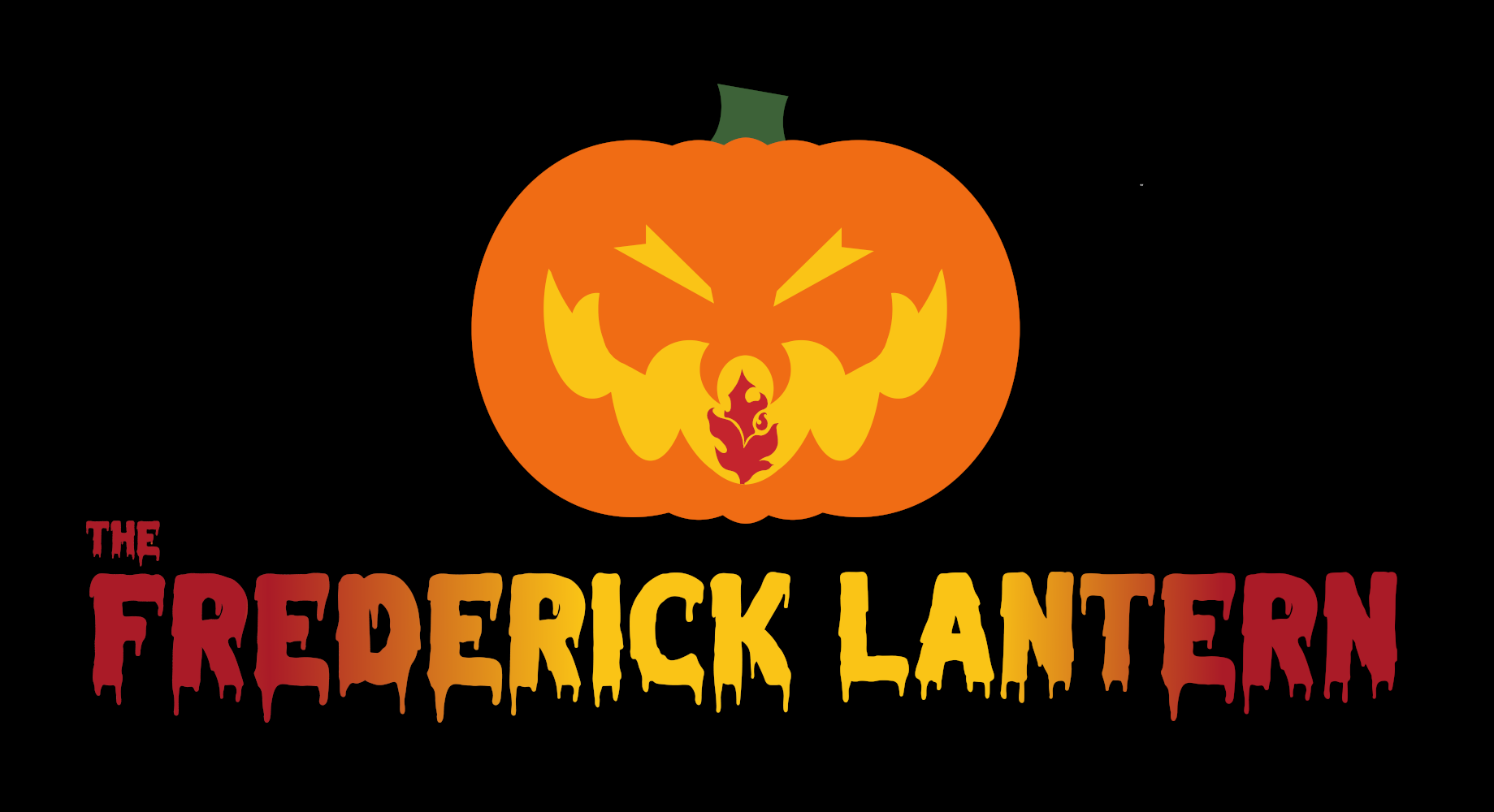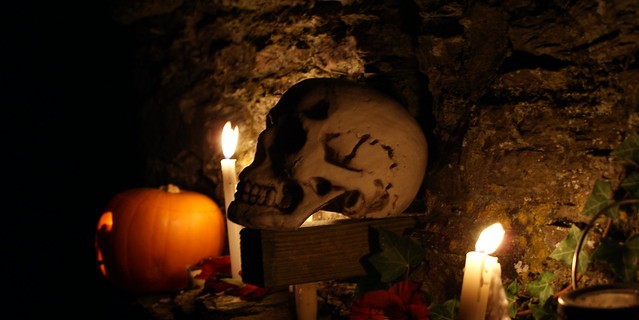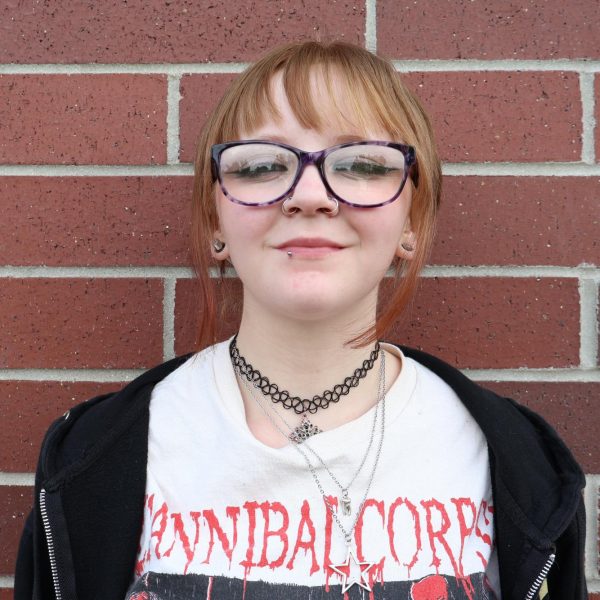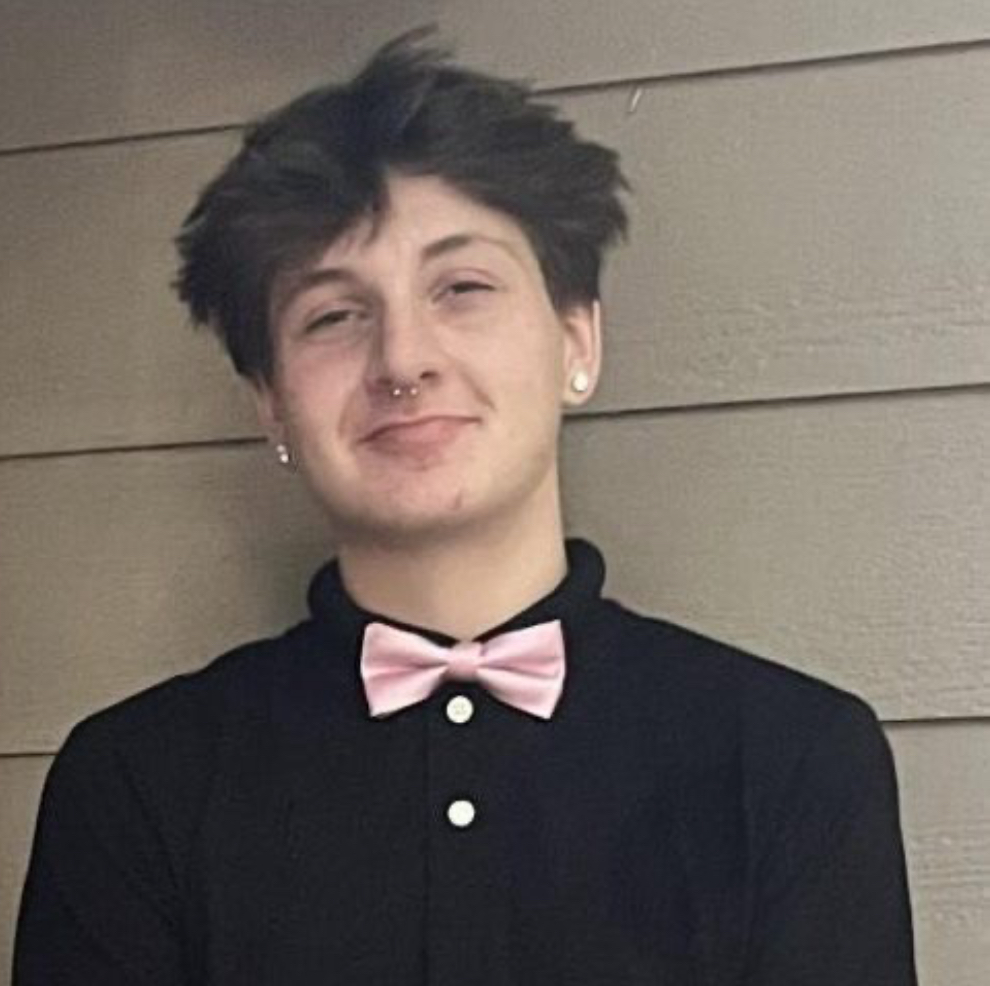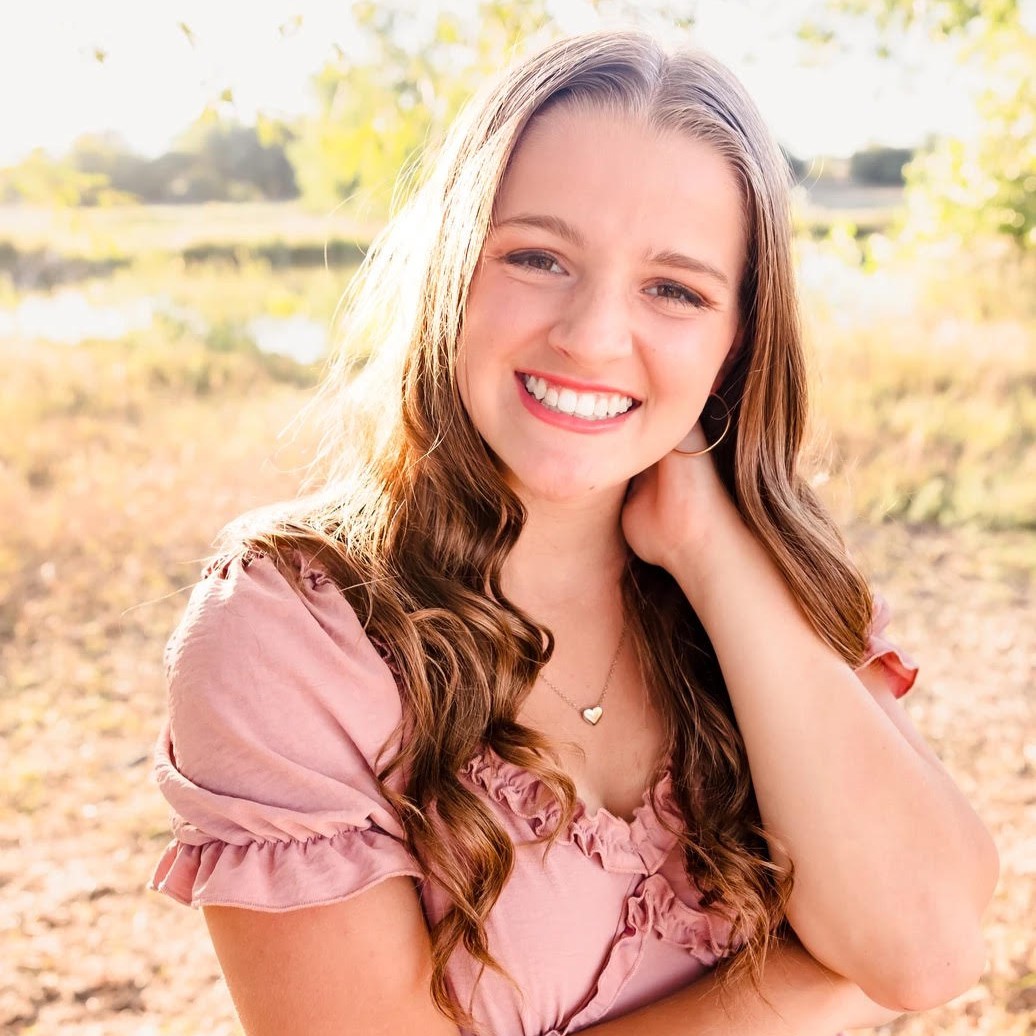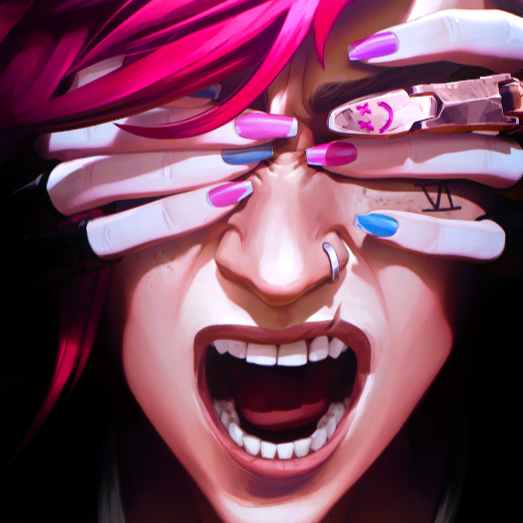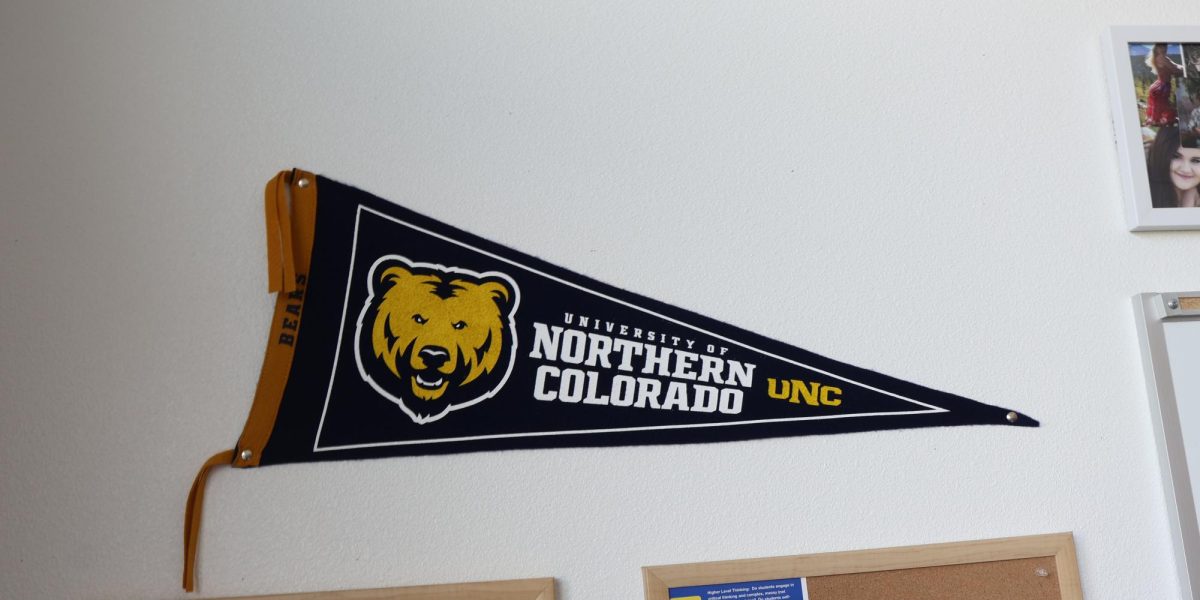Carving pumpkins, trick-or-treating, and donning spooky costumes are beloved traditions that have become synonymous with Halloween. But beneath these playful customs lies a religious history that dates back to ancient times and is celebrated by modern Wiccans.
Halloween’s roots can be traced to the Celtic festival of Samhain (pronounced “SAH-win”), a two-day Celtic celebration that marked the end of the harvest season that begins with Lughnasadh on August 1. Samhain also marked the beginning of winter for the Celts, which would last until the festival of Imbolc on February 1.
This period of time between Samhain and the festival of Yule, which would happen on the longest night of the year, was an especially sacred time for the Celts, as they believed the boundaries between the living and the dead thinned, allowing spirits to contact and even enter the earthly realm. Every year, October 31st was marked by bonfires and beastly costumes meant to scare off spirits wanting to return
In the eighth century, Pope Gregory III brought the Irish pagan calendar in line with Christianity by replacing each Celtic festival with a similar Christian one. Lughnasa became Lammas, or the harvest mass. Imbolc became St. Brigid’s Day. Yule became part of the Christmas tradition that encompassed all the days between Advent (December 1) and Epiphany (January 6).
Samhain was shortened to a single-day feast celebrating all of the Catholic saints, who were at times called Hallows. The night before All Hallows Day became known as All Hallows Eve, then Hallow e’en (a contraction for evening), and eventually Halloween.
As the centuries passed, Christian missionaries introduced All Saint’s Day to the Americas and paired it with All Souls’ Day on November 2, which reinforced the notion of the living interacting with the deceased during this season. This holy day especially caught on in Mexico and Central America, where Catholic missionaries paired the holiday with the Aztec feast honoring Mictēcacihuātl, the goddess of death and the afterlife, to create Dia de los Muertos.
The Origin of Halloween Traditions
The Celtic roots of Halloween also explain the three traditions most associated with Halloween: dressing up in costumes, trick-trick or treating, and carving jack o’ lanterns. Both were done to scare off any evil entities from entering the world of the living, as they would try to rush in as soon as the barrier became thin enough but, if scared back, wouldn’t try to bother the living again until the next year.
As those in costumes roamed the countryside to scare off wicked spirits, they would get hungry and thirsty, so they would go to a local house and ask for some food or drink. To guide the costumed revelers as they journeyed, houses with food or drink to share carved a makeshift lantern into a potato or turnip and set it outside their home.
In the 1600s, people started to settle in the swampy moors of England, Scotland, and Ireland, where marsh gas would occasionally ignite in a flash of fire known scientifically as ignis fatuus—but the superstitious settlers didn’t know this and instead thought it was a sign of demonic activity.
Eventually, the legend of Stingy Jack was formed: Jack was a drunken criminal who was known to be able to trick anyone into believing him. The Devil heard about Jack and desired to claim such a wicked soul, but Jack outsmarted the Devil three times, and after the last time, the Devil swore that he would never cross Jack’s path again.
When Stingy Jack finally died, he wasn’t allowed in Heaven because he was wicked, nor was he allowed in Hell because he angered the Devil. Jack now wanders the Earth with a single lantern lit with an ember of hellfire to guide his way, hoping someday to trick some poor soul into trading places with him and carrying his lantern so he may live again. The occasional burning swamp gas became the glow of Jack’s lantern, which caused people to run the other way.
Naturally, this story of a spirit with a lantern got mixed with the lanterns carved for a holiday where spirits walked the earth, and the traditional lanterns used to guide Halloween revelers started to be carved into the face of Jack of the lantern tale—Jack o’ lantern.
Halloween Comes to the US
The British colonists that settled the Americas in the seventeenth and eighteenth centuries celebrated Halloween and brought that tradition to America. In England, dressing up and going from door-to-door became an activity for children. In a mockery of the British practice of “souling,” where the poor would beg for food in exchange for prayers for the dead, the children collected sweets and cakes in exchange for protecting the neighborhood from the dead.
Early Americans, however, mostly refrained from celebrating Halloween as a result of the Puritan influence of the New England colonies. The two exceptions seemed to be the Catholic colony of Maryland, where feasts were held but costumes and lanterns weren’t present, and the French settlement of New Orleans, where Catholic Cajuns held midnight masses in graveyards. Still, New England communities held late October parties to celebrate the end of the harvest season, which became the prototype of American Halloween parties today.
One such party became the stuff of legend when Washington Irving published “The Legend of Sleepy Hollow” in 1820. The story depicts a headless Hessian soldier from the Revolutionary War that haunts a bridge in town and beheads any man who crosses it. When schoolteacher Ichabod Crane tries to woo the beautiful and rich Katrina at her father’s party, he is dared to ride across the bridge by his romantic rival. Ichabod takes the dare, encounters the horseman, and is never seen alive again.
In the 1840s, an outbreak of mold killed most of the potato crop in Ireland, which was the main source of food for the Irish. Over a ten-year period called the Irish Potato Famine, a quarter of the Irish population starved to death while another quarter (more than a million people) emigrated to the United States. As with all immigrants, the Irish brought their traditions with them, including the jack o’ lantern. However, instead of using potatoes or turnips, the Americas had a hollow gourd that was perfect for carving: the pumpkin.
The influx of Irish migrants kicked off America’s widespread embrace of Halloween. In the late 1800s, English and American society started to create the idea of an innocent, carefree childhood, and the ghost stories that were traditionally told around Yule became Halloween stories to make Christmas a pure, child-driven holiday (with one exception: “A Christmas Carol” by Charles Dickens). Instead of spirits moving past the barrier between worlds for all of November and December, everything spooky was condensed into one October night.
The Evolution of American Halloween
As more Americans moved to cities, Halloween became a night of scares that went beyond stories. Young men would wear disguises and pull pranks on their neighbors to give them a fright. The sending of Halloween postcards illustrating tricks that would befall neighbors if they were home on Halloween night became a new tradition, and as the nineteenth century became the twentieth, the pranks started to shift from harmless fun to vandalism and violence. While some cities banned Halloween, others returned to an earlier tradition: going door-to-door to get sweets.
In this new conception of Halloween, children would go up to a house and perform a dance, sing a song, or perform some other “trick” to entertain the owner and receive their “treat”—typically a cookie, cake, popcorn ball, or caramel-covered apple. Some houses even handed out some cheap penny candy like Boston beans or “chicken feed” created by the Goelitz Candy Company, which became known as candy corn. Chocolate Hershey and Baby Ruth bars became more common Halloween treats in the 1920s, and in response to the sugar shortages during the Great Depression, the 1930s saw the introduction of the individually-wrapped “fun size” candies specifically packaged for Halloween.
Unfortunately, the “trick for treat” idea quickly shifted to “trick or treat” and the expectation that if a house didn’t provide a treat, it would be vandalized. Tricks became more mean-spirited during the Depression as a reaction to the shrinking size of candies, with kids throwing bricks through windows instead of soaping them. Depression-era adults came up with a popular distraction for mischievous young adults to keep them from causing trouble: they would go to one of the many homes that were foreclosed upon after the stock market crash and make it into a “haunted house” with interactive scares.
In the 1950s, Halloween began to look like it does today. Most costumes became store-bought instead of homemade and featured popular film and cartoon characters. Children too old to trick-or-treat but not old enough to be adults (which society called teen-agers) would frequent haunted houses and corn mazes, watch cheap horror movies in theatres or at the drive-in, and have dances with costumes at the local school or community center. Adults also began to host Halloween parties for themselves again, but this time costumes were included.
Halloween is now largely seen as a secular holiday, celebrated for its fun and festive spirit rather than its religious origins. However, for some, it still holds deeper significance. Many view it as a day to honor ancestors or reflect on the cycle of life and death. Whether through lighting candles for loved ones or sharing stories of those who have passed, Halloween can serve as a poignant reminder of our connections to the past.

